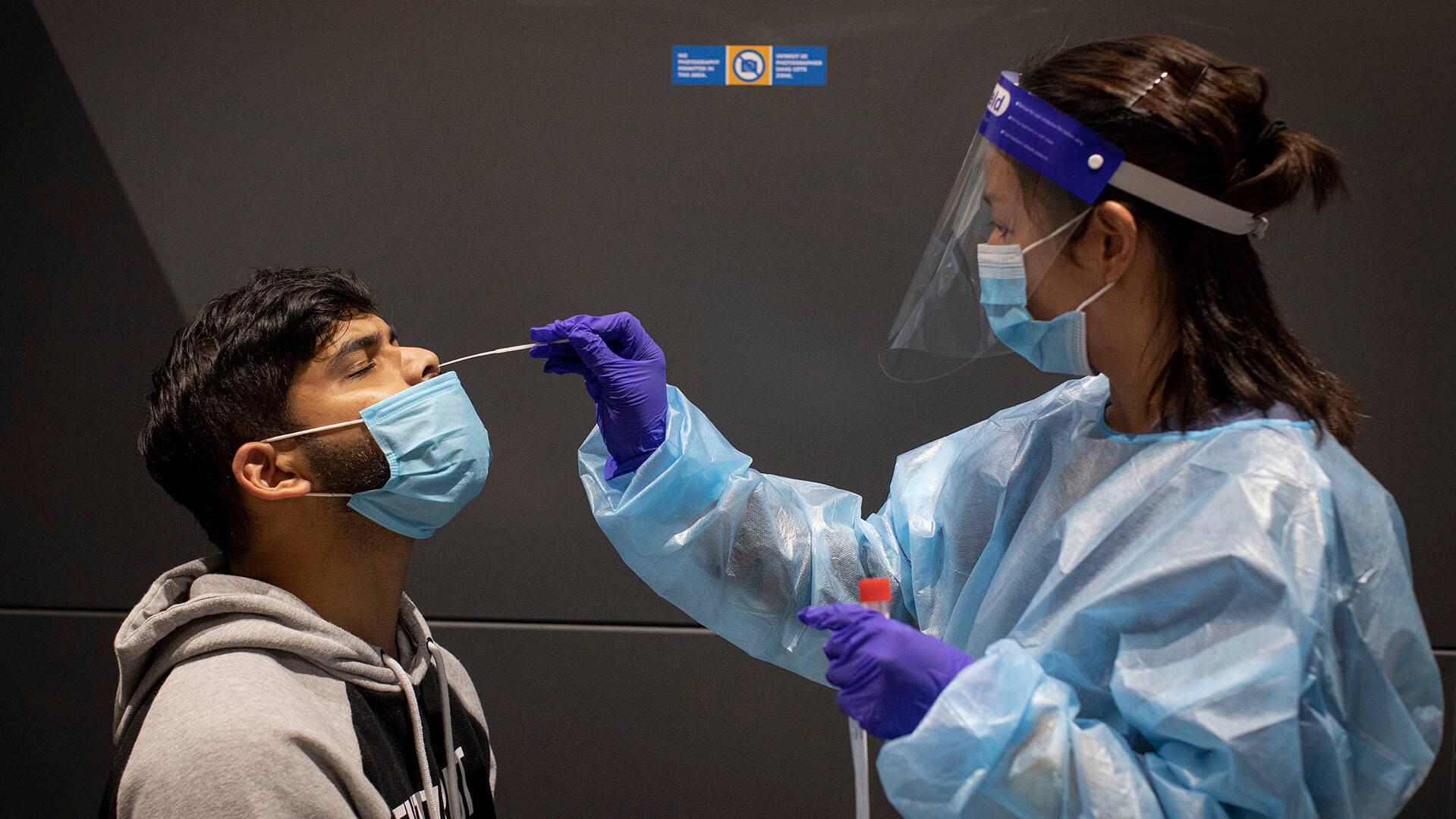HAMILTON – It remains faint but Bo Levi Mitchell and the Hamilton Tiger-Cats still have a playoff pulse.
Mitchell threw two touchdown passes as Hamilton defeated the Ottawa Redblacks 37-21 in the CFL’s annual Hall of Fame game Saturday afternoon. The Ticats (4-9) earned a second straight win to move to within six points of the third-place Toronto Argonauts (7-6) in the East Division.
Hamilton visits Toronto on Friday night.
“Obviously they’re (wins) huge now,” Mitchell said. “We didn’t do ourselves any favours by getting into this position and not being able to really control our own destiny.
“But right now, we need certain people to win at certain times. Our job is to go out there and try to win the next five, then the next three after that.”
Mitchell finished 20-of-27 passing for 299 yards and an interception. He entered weekend action leading the CFL in passing yards (3,383) and TD strikes (21).
Greg Bell’s 15-yard TD run at 11:30 of the fourth and two-point convert put Hamilton up 36-21 after backup Jeremiah Masoli led Ottawa on two scoring drives. Following a 13-yard TD strike to Andre Miller at 2:53, Masoli found Dominique Rhymes on a 10-yard touchdown pass at 7:43 before Khalan Laborn’s two-point convert cut Hamilton’s lead to 29-21.
“When you’re scoring from (15) yards out on a run play, that makes offence easy,” Mitchell said. “It’s one of those things when you get down there as a quarterback, it takes you sometimes five, eight, 10 plays and now it’s ‘OK, now we have to create some stuff and find something.’
“When you hand the ball off and you’re scoring from (15) yards, it makes the offence really easy.”
Ottawa (8-4-1) would have clinched a playoff spot with a victory.
Ottawa committed six turnovers (three interceptions, two fumbles, once on downs) before an announced Tim Hortons Field gathering of 22,119. Lawrence Woods III also returned a punt 83 yards for a touchdown at 11:51 of the first quarter that put Hamilton ahead 10-3.
“You’ve got to bring your best every single week and this wasn’t our best, all of us, from coaches to the players,” said Ottawa head coach Bob Dyce. “If you don’t play great for four quarters, I don’t care who you’re playing you’re not going to have a successful day.
“We should’ve made the tackle (on Woods), we had him wrapped up it’s that simple. Even though we didn’t make the play on that, there should’ve been extra bodies there to clean it up when he did break the tackle.”
Hamilton also tied the season series with Ottawa 1-1. The teams meet again at TD Place on Oct. 25.
“If we didn’t turn it over today I would’ve said we played really well offensively and that to me is what the biggest difference is,” said Hamilton head coach Scott Milanovich. “Even the turnovers today (interception, fumble), at least they were in their end and we weren’t giving them a short field.
“The biggest play of the game was Woodsie’s return. It got us jump-started, gave us the lead and we were kind of off after that.”
Ottawa starter Dru Brown was 17-of-27 passing for 164 yards and an interception. Masoli entered late in the third and finished 13-of-19 passing for 183 yards with two TDs and two interceptions, but Dyce said Brown will start next weekend against Montreal (10-2-1), which earned a 19-19 tie Saturday night with Calgary (4-8-1).
The Canadian Football Hall of Fame’s ’24 class of S.J. Green, Chad Owens, Weston Dressler, Vince Goldsmith and Vince Coleman, along with builders Ray Jauch and Ed Laverty (posthumously), was honoured at halftime. All were enshrined Friday night.
Steven Dunbar Jr. and Ante Litre had Hamilton’s other touchdowns. Marc Liegghio kicked two field goals, three converts and two singles.
Ottawa’s Lewis Ward booted two field goals and a convert.
Mitchell culminated a five-play, 96-yard march with a 20-yard TD pass to Litre at 13:34 of the third. It followed Jonathan Moxey’s interception.
Liegghio’s single at 7:05 of the third put Hamilton up 22-6.
Mitchell’s 54-yard TD strike to Dunbar at 14:18 of the second staked Hamilton to its 21-6 halftime lead. The advantage was well-deserved as the Ticats had more first downs (12-six), net offensive yards (260-144) and scored on both offence and special teams.
Mitchell was 14-of-20 passing for 210 yards and a TD, but his interception cost Hamilton at least a field-goal attempt. Dunbar had five receptions for 113 yards and the touchdown.
Brown completed 13-of-21 passes for 127 yards.
Liegghio’s missed 47-yard attempt went for the single at 12:45 to put Hamilton ahead 14-6. It followed a Kiondre Smith catch that was ruled incomplete and at the very least cost the Ticats a first down that would’ve kept the drive alive.
Ward’s 30-yard kick at 9:15 had pulled Ottawa to within 13-6.
Liegghio’s 19-yard field goal at 5:13 pushed Hamilton’s lead to 13-3. It followed the defence stopping Ottawa’s Dustin Crum on third-and-one, giving the Ticats possession at the Redblacks 40.
Liegghio’s 47-yard field goal opened the scoring at 2:42 before Ward tied in with a 24-yard boot at 8:44.
UP NEXT
Redblacks: Host the Montreal Alouettes (10-2-1) next Saturday, Sept. 21.
Tiger-Cats: Visit the Toronto Argonauts (7-6) on Friday.
This report by The Canadian Press was first published Sept. 14, 2024.





























